I can make a General in five minutes, but a good horse is hard to replace. - Abraham Lincoln
Owning a horse today is considered a luxury, but in early America, a horse was more than a necessity; it was a survival tool. It goes without saying that battle horses were invaluable to the warriors of history, but they were also vital to the founding of the United States we know and love.
Revolution!

During the Revolutionary War, horses had many military responsibilities that went well beyond cavalry charges at the enemy. From transportation, packing supplies and surveying, to reconnaissance and communications, horses were uniquely important to the cause of freedom. During a cavalry charge, a horse could also be used as a deadly weapon if taught to bite or kick at the enemy, not to mention the terror of the foot solider facing a snapping horse racing towards him.
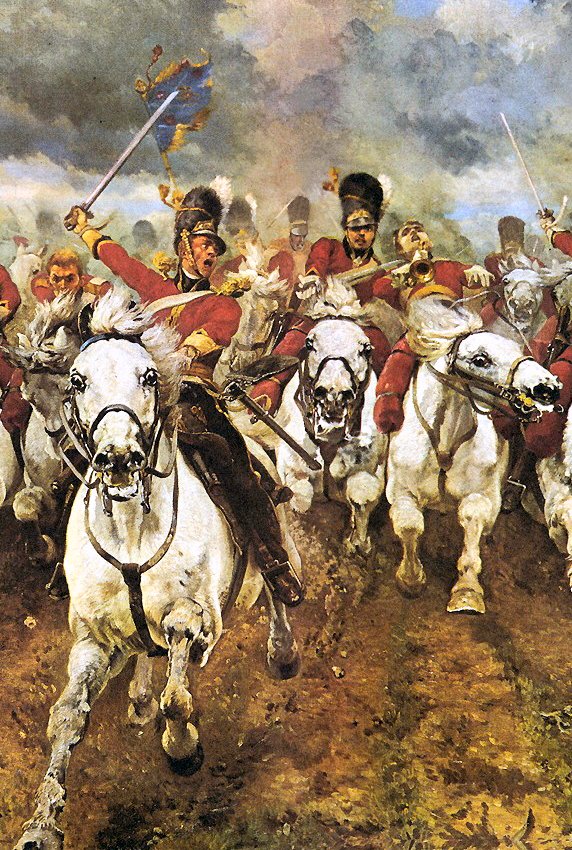
Thomas Jefferson said that George Washington was "the best horseman of his age, and the most graceful figure that could be seen on horseback." He had several favorite horses, but one he described as a “splendid charger” was a gorgeous chestnut colored sorrel, Nelson. He had a white blaze and white legs and was Washington's preferred horse during battle because he was less jumpy with gun or cannon fire. Washington rode Nelson to accept the surrender of Lord Cornwallis and the British Army, effectively ending the Revolutionary War, though Cornwallis was cowardly enough not to show and sent General Charles O’Hara instead.

20th Century Horse Warfare
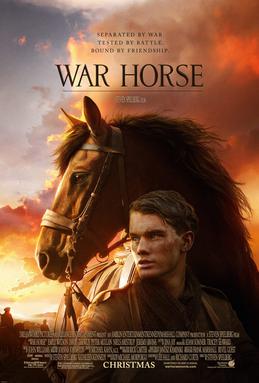
With the invention of the motorized vehicle, and the destructive capabilities of artillery, mortar fire, and machine guns, the vulnerability of cavalry horses revealed itself. However, horses were still a tactical necessity in World War I due to the difficult terrain and muddy landscape. They were used to pull supply wagons and large artillery, as couriers, reconnaissance, and as ambulances due to the inadequate vehicles of the time. Unfortunately, the unsanitary conditions were just as deadly for the animals as they were to the men in uniform.
In 1916, the United States Cavalry had 15,424 members and 15 regiments. Because of the British experience with the horrors of trench warfare and the new weaponry, eight of the cavalry units were converted to trench mortar and artillery regiments. The 2nd Cavalry Regiment were used as scouts and couriers. On occasion, "dummy horses" were used to fool the enemy into misjudging the location of the troops.
The movie, War Horse, is a powerful story of the importance of the horse in World War I, and the impact they made on the men in uniform.
The Last U.S. Cavalry Charge, 1942
The last combat cavalry charge by the U.S. Cavalry was led by Southern Illinois native 1st Lt. Edwin Ramsey. It was January 16, 1942, and the men of G Troop, 26th Cavalry (Philippine Scouts) led a charge against a vastly superior Japanese infantry force that were supported by armored vehicles. They surprised and scattered them. The 26th Cavalry were lightly armed and under heavy fire and they held the Japanese at bay for several hours. Ramsey received a Silver Star and Purple Heart for his bravery.
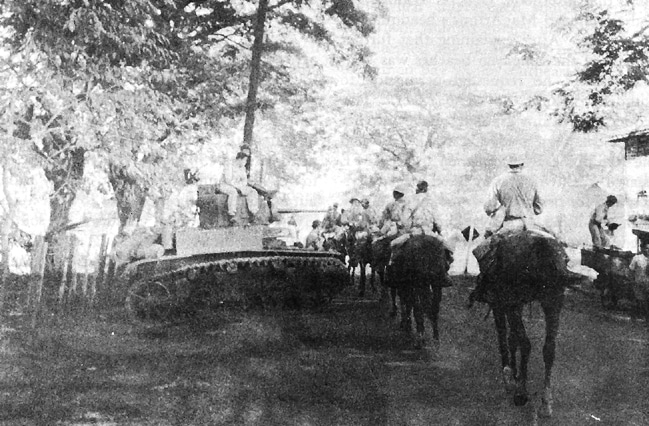
In North Africa, General George S. Patton wrote that "had we possessed an American cavalry division with pack artillery in Tunisia and in Sicily, not a German would have escaped."
Horses in the 21st Century
It excites me that no matter how much machinery replaces the horse, the work it can do is still measured in horsepower… even in this space age. And although a riding horse often weighs half a ton, and a big drafter a full ton, either can be led about by a piece of string if he has been wisely trained. This to me is a constant source of wonder, and challenge. -Marguerite Henry
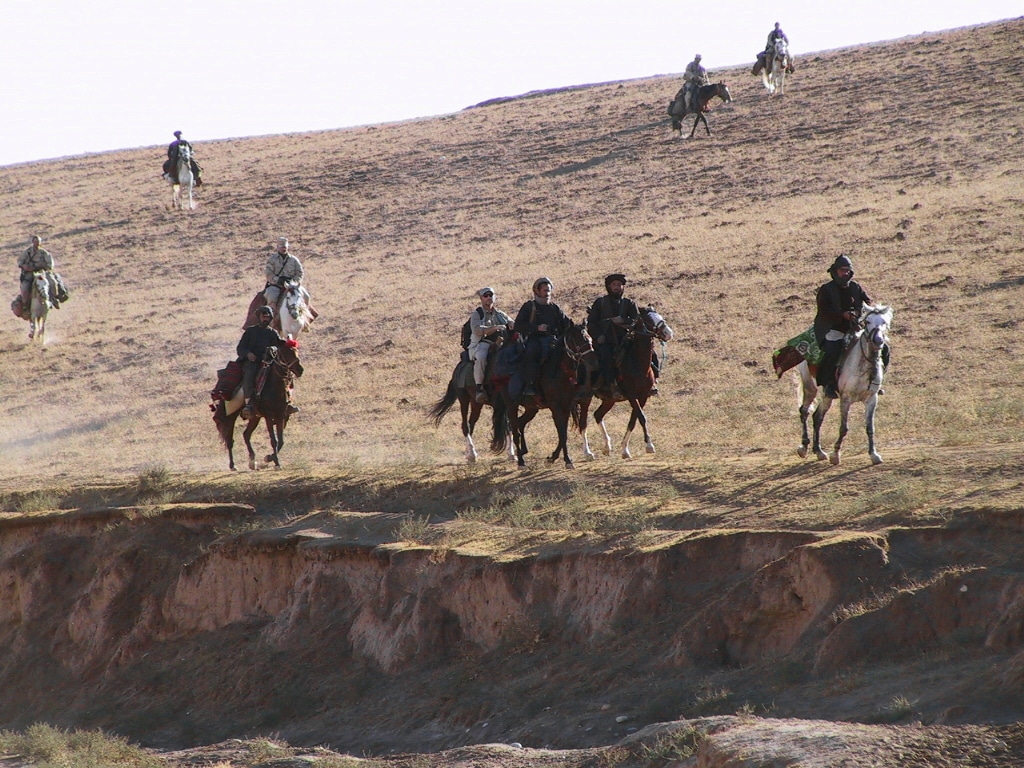
Interestingly, and perhaps a little surprisingly, the modern military is still in need of equestrian riders. In the last twenty years, the military has been using horses to traverse the rugged mountainous terrain in Afghanistan. During Operation Enduring Freedom in 2001, 595 teams were inserted into the country and horses were the only fitting form of transportation. A small part of this unusual story has been depicted in the fascinating movie, 12 Strong.
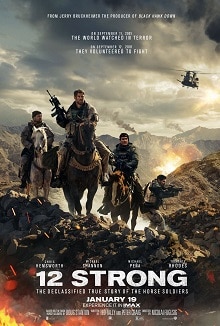
As the poet and author Herman Melville once said, No philosophers so thoroughly comprehend us as dogs and horses. Horses will always hold a special place in the heart of mankind because they are truly spectacular beasts, but they were also instrumental in winning the wars most dear to us too. The most willing of service companions, and the quiet confidante of those on the battlefield, the horse lent courage to his rider when he needed it. I think John Wayne had it right when he said, Courage is being scared to death but saddling up anyway.


Do you have a Part 1 on War Horses.
GOD BLESS all our equine buddies and the hours of enjoyment they have given to everyone that truly loved them..........
Thanks for some other informative web site. Where else may I get that kind of information written in such an ideal approach?
I've a challenge that I'm simply now operating on, and
I have been on the look out for such info.